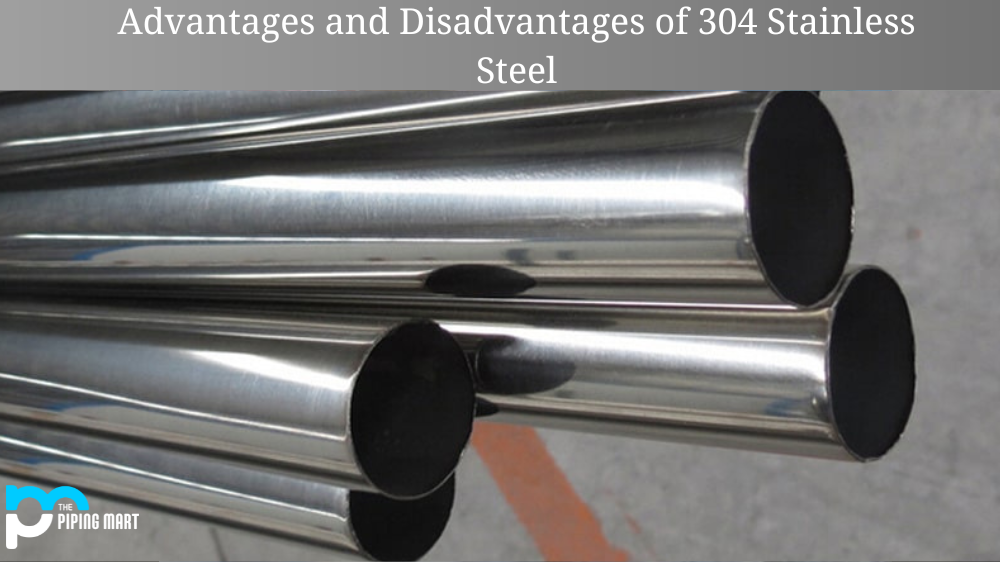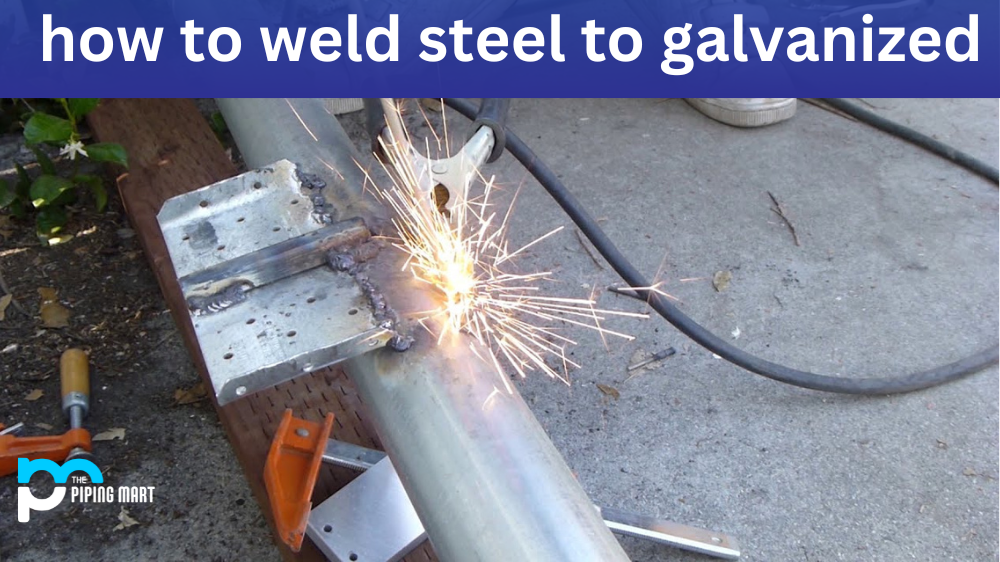304 stainless steel is a type of alloy steel composed of 18% chromium and 8% nickel. It is one of the most commonly used metals in the world and has many advantages and disadvantages compared to other alloys. In this article, we’ll look at this particular alloy’s pros and cons so that you can make an informed decision about whether or not it suits your needs.
5 Advantages of 304 Stainless Steel
One major advantage of 304 stainless steel is its ability to resist corrosion. This makes it ideal for applications that require exposure to corrosive elements, such as chemical processing plants, food processing equipment, and shipbuilding. It also has excellent formability and weldability, making it great for manufacturing. Additionally, 304 stainless steel is one of the most cost-effective metals available today.
-
304 Stainless Steel is More Corrosion Resistant than Other Types of Steel
One of the primary advantages of 304 stainless steel is that it is more corrosion-resistant than other types of steel. This is due to the fact that 304 stainless steel contains chromium, which forms a protective layer on the surface of the metal. This protective layer helps to prevent rust and corrosion from occurring.
-
304 Stainless Steel is Non-Magnetic
Another advantage of 304 stainless steel is that it is non-magnetic. This means that it will not be attracted to magnets, making it ideal for use in applications where magnetic materials are not desired.
-
304 Stainless Steel is Easy to Clean
Another advantage of 304 stainless steel is that it is easy to clean. This type of steel does not require special cleaners or solvents and can be cleaned with just soap and water.
-
304 Stainless Steel is Strong and Durable
Another advantage of 304 stainless steel is that it is solid and durable. This type of steel is resistant to heat and cold, making it ideal for use in various applications.
-
304 Stainless Steel Has a Wide Variety of Uses
Due to its many advantages, 304 stainless steel has various uses. It is commonly used in the food and beverage industry, as well as in the construction and transportation industries.
5 Disadvantages of 304 Stainless Steel
Although there are many advantages to using this type of metal, there are a few drawbacks. One major disadvantage is its susceptibility to stress corrosion cracking (SCC). This means that if exposed to certain chemicals or environments without proper protection, it can become susceptible to cracking or other damage over time. Additionally, depending on the application, it may be necessary to increase the amount of nickel content to improve its resistance to corrosion or heat. This will increase costs associated with production as well as overall weight.
- 304 stainless steel is less strong than other types of steel.
- It is susceptible to corrosion from certain chemicals and environments.
- It can be challenging to weld 304 stainless steel.
- It is more expensive than other types of stainless steel.
- It is not as heat resistant as other types of stainless steel.
Conclusion:
When considering which type of alloy you should use for your project, carefully weigh the pros and cons. In general, 304 stainless steel provides a good balance between strength, toughness, corrosion resistance, weldability, formability, and cost-effectiveness; however, depending on your specific application, different alloys may be more suitable for your needs. Be sure to research all available options before deciding which material is best for you!

A passionate metal industry expert and blogger. With over 5 years of experience in the field, Palak brings a wealth of knowledge and insight to her writing. Whether discussing the latest trends in the metal industry or sharing tips, she is dedicated to helping others succeed in the metal industry.




